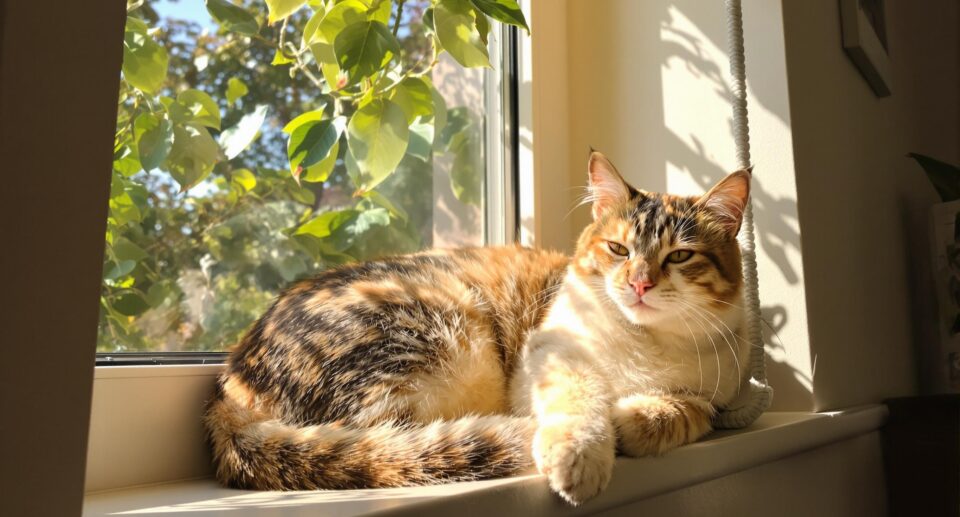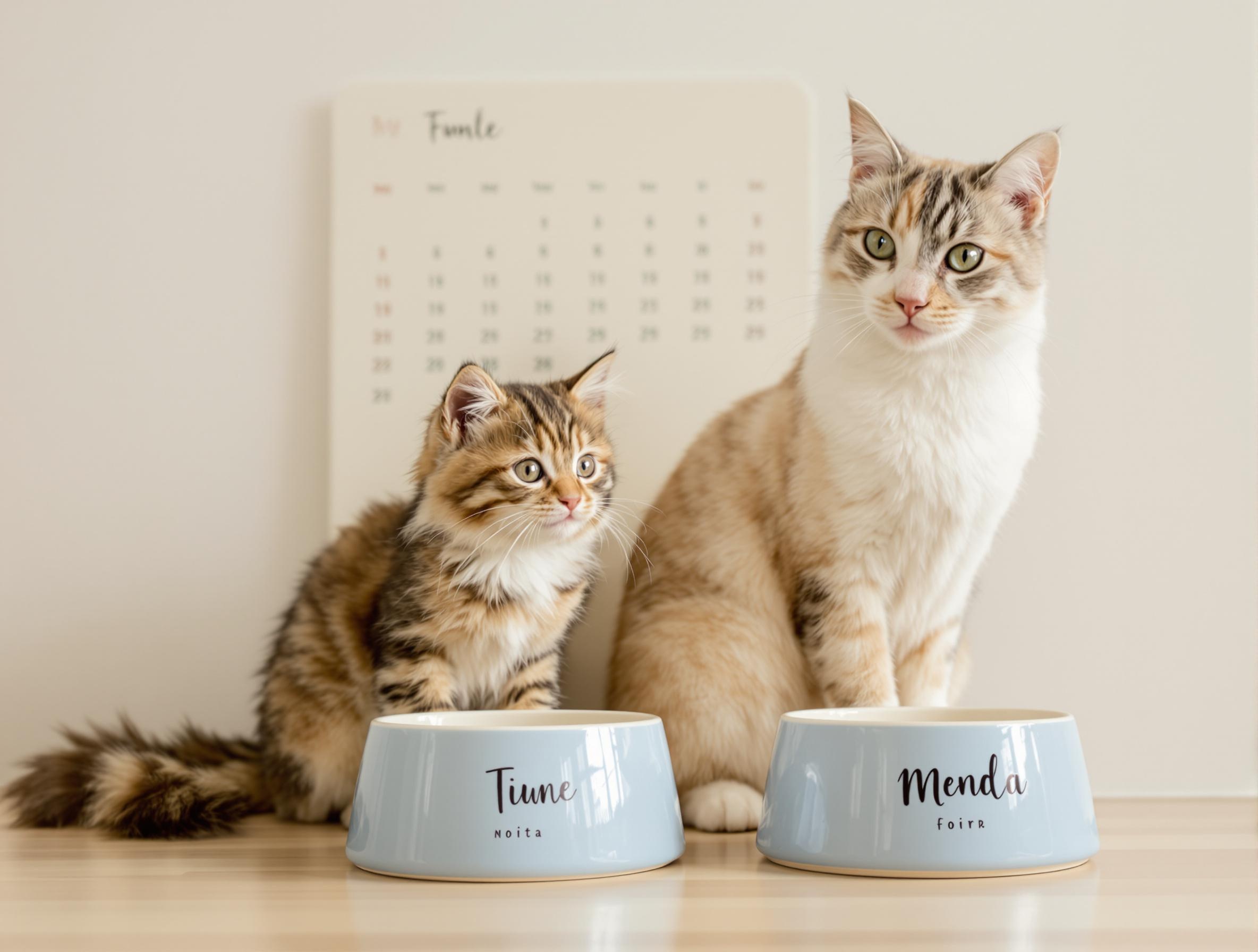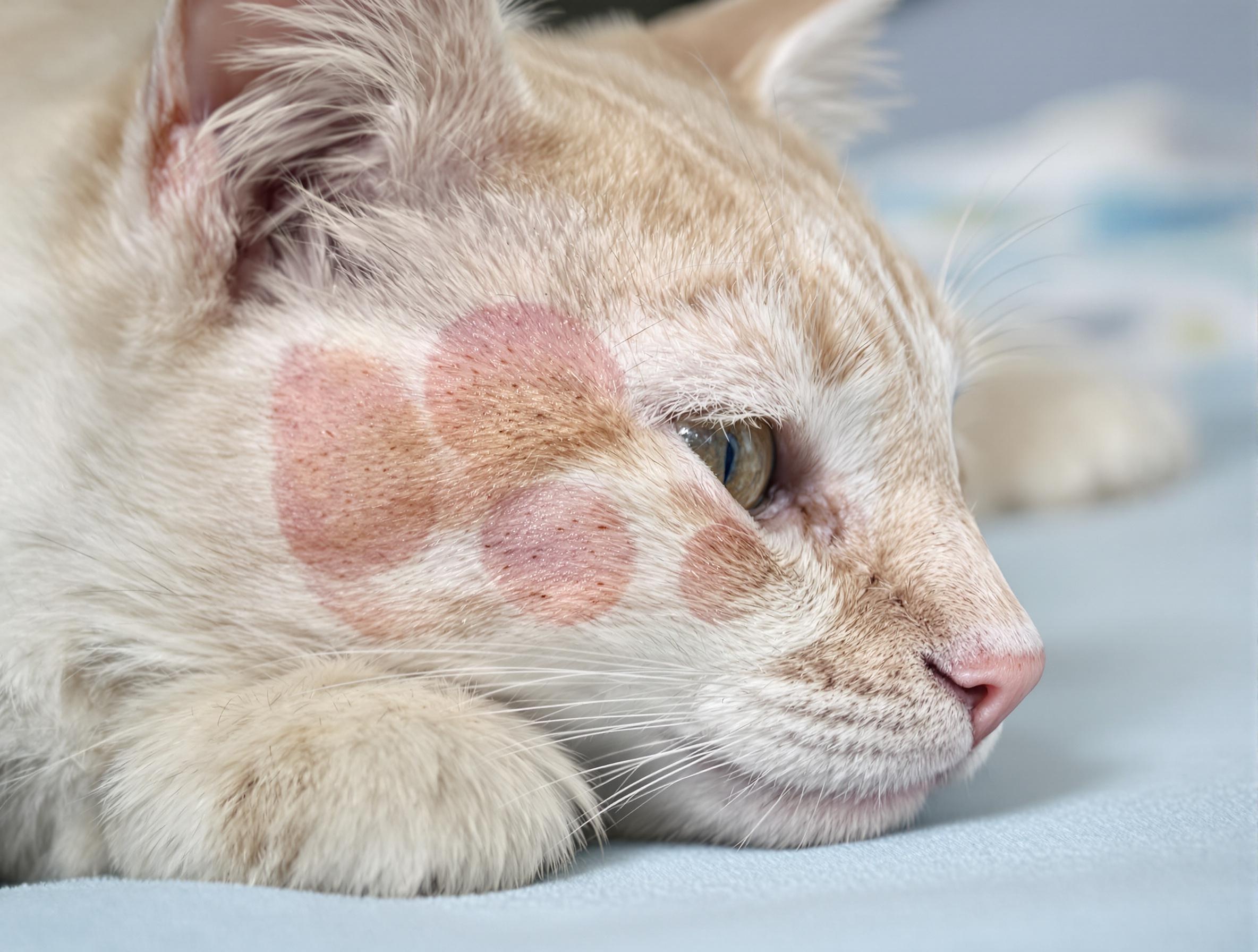How to Pick Up and Hold a Cat Safely
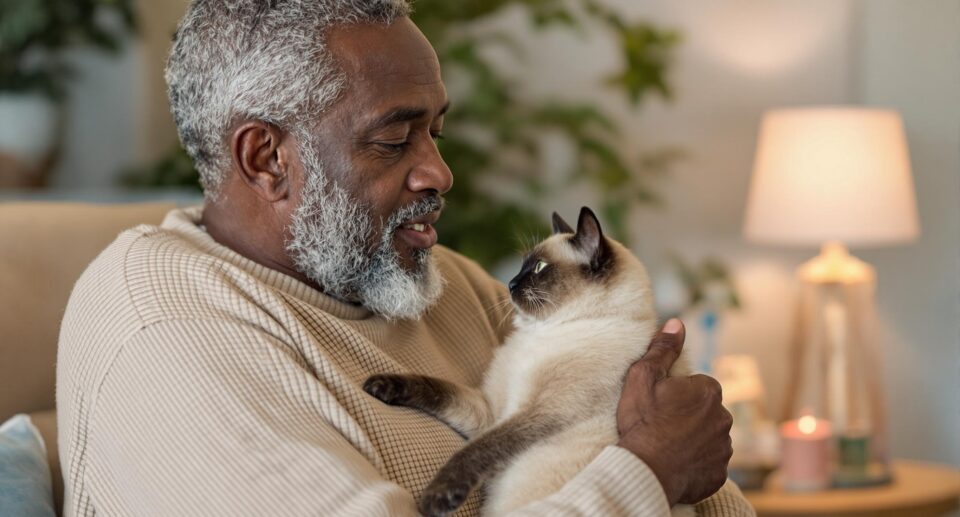
Key takeaways:
- Building trust through proper cat handling techniques reduces stress for both you and your feline friend.
- Understanding and respecting your cat’s body language and individual preferences are key to creating positive experiences.
- Safe handling techniques protect both you and your cat, preventing accidents and building long-term trust.
Picking up your cat doesn’t have to be a struggle. With the right techniques, it can become a calm and positive experience for both of you. Cats who are gently and respectfully handled from an early age often become more trusting, which makes everything from cuddle time to routine health care much easier.
When you approach your cat with patience and care, you build a sense of safety and connection that lasts. This kind of trust not only helps with things like nail trims or flea treatments but also deepens your bond over time. At PetHealthMD, we understand that every cat is different. Our pet resources are here to help you learn simple, effective ways to handle your cat in ways they actually enjoy.
With a little practice and the right guidance, you can turn everyday interactions into moments of connection. Let’s take a closer look at the best ways to safely and confidently pick up your cat.
Do Cats Want to Be Picked Up?
Some cats enjoy being picked up, while others prefer keeping all four paws on the ground. How your cat feels about being held depends on their personality, past experiences, and how you read their body language. When a cat is comfortable, they’ll show it with an upright, gently swaying tail and relaxed ears facing forward. If they turn their head away, flatten their ears, or let out a low growl, it’s their way of saying they’d rather not be touched right now.
A cat’s body language tells you a lot about how they’re feeling. That soft purr, slow blink, and curved tail are all signs your cat feels safe and content. But if their tail starts twitching or puffs up, it’s best to give them space and wait for a better time to try handling them.
Every cat is different—some will gladly curl up in your arms, while others show affection from a comfortable distance. By paying attention to your cat’s preferences and responding to their signals, you’ll create a stronger bond and more positive handling experiences for both of you.
Tips to Pick Up Your Cat Safely
Picking up a cat safely starts with patience, awareness, and respect for their comfort. Most cats respond best to a calm, gentle approach that helps them feel supported and secure. When you handle your cat with care, you build trust and make everyday tasks like vet visits or grooming more manageable.
Here’s how you can pick up your cat the right way:
- Speak softly and move slowly as you approach. Let your cat see and sniff your hand first.
- Gently place your dominant hand under their chest, just behind the front legs, to create a steady base.
- Use your other hand to support their back legs to evenly distribute their weight.
- Lift smoothly and bring your cat close to your body for security.
- Avoid lifting your cat by the scruff—this is uncomfortable, especially for adult cats.
- Move calmly while holding them, and watch for signs they’re ready to be put down.
If your cat seems nervous about being picked up, create positive associations through treats or short cuddle sessions. You can also build confidence by practicing gentle lifts and giving them space when they need it.
To make grooming or care tasks easier, explore Cat Grooming Supplies, Cat Treats, and Cat Calming Aids on 1800PetMeds.
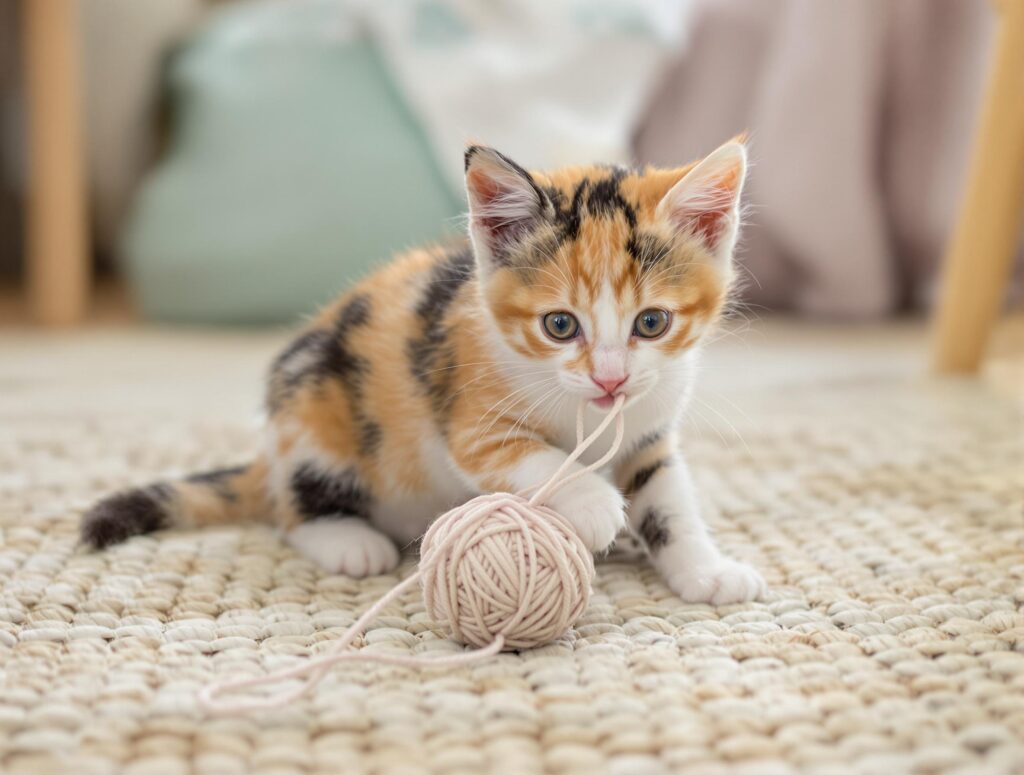
The Signs of Stress in Cats
Reading your cat’s body language helps you understand how they’re feeling, especially when it comes to handling. Cats are subtle communicators, and even small changes in posture or expression can signal discomfort.
Signs your cat may be stressed include:
- Ears turned sideways or pinned flat
- Tail held low, puffed up, or swishing quickly
- Wide pupils even in bright light
- Tense body posture or crouching low
- Stiff whiskers or tightly closed mouth
- Hiding, growling, or hissing
When your cat feels calm and content, they’ll show it with relaxed ears, a curved tail, and steady movements. They might rub against your legs or invite interaction with slow blinks. Recognizing these cues helps make handling easier and strengthens your bond.
How to Hold a Cat Comfortably
Holding your cat properly helps them feel safe and supported. The technique you use should fit your cat’s size, personality, and comfort level.
- The football hold: Tuck your cat along your side, with one arm under their chest and belly, and your other hand supporting their back end. This position helps nervous cats feel secure.
- The cradle hold: Place one arm under your cat’s chest and the other supporting their hindquarters. This gives full-body support and allows your cat to relax comfortably.
Senior cats may need extra joint support, while younger cats may prefer a position that lets them look around. Paying attention to your cat’s comfort helps deepen your connection and make handling easier.
For added support in everyday care, check out Cat Health and Wellness and Cat Medications.
FAQs About Picking Up Cats
My cat runs away whenever I try to pick them up. What should I do?
Try turning those moments into positive experiences. Place treats nearby and let your cat approach you. Spend time petting or talking to them calmly before attempting to pick them up.
What if my cat acts defensive when I try to lift them?
Watch for signs like tail flicking, ears pinned back, or growling. These mean your cat needs more space. Sit nearby, extend your hand slowly, and let them sniff it first. Always let them lead the interaction.
Should I keep trying if my cat never seems to enjoy being picked up?
Not all cats like being held—and that’s okay. Some prefer sitting near you, playing with toys, or rubbing against your legs. Respecting their preferences builds trust and strengthens your bond.
Create a Positive Experience for You and Your Cat
Learning how to pick up and hold your cat correctly builds trust and comfort for both of you. Gentle handling helps prevent stress and anxiety during grooming, vet visits, or medication time.
Keep handling sessions short and rewarding. Watch how your cat responds and adjust as needed. The more you practice, the more confident both you and your cat will become.
If you’re looking for helpful tools, calming aids, or wellness products to support your cat’s comfort and care, visit 1800PetMeds Cat Supplies—your trusted source for vet-recommended medications, health essentials, and supplies delivered right to your door.


